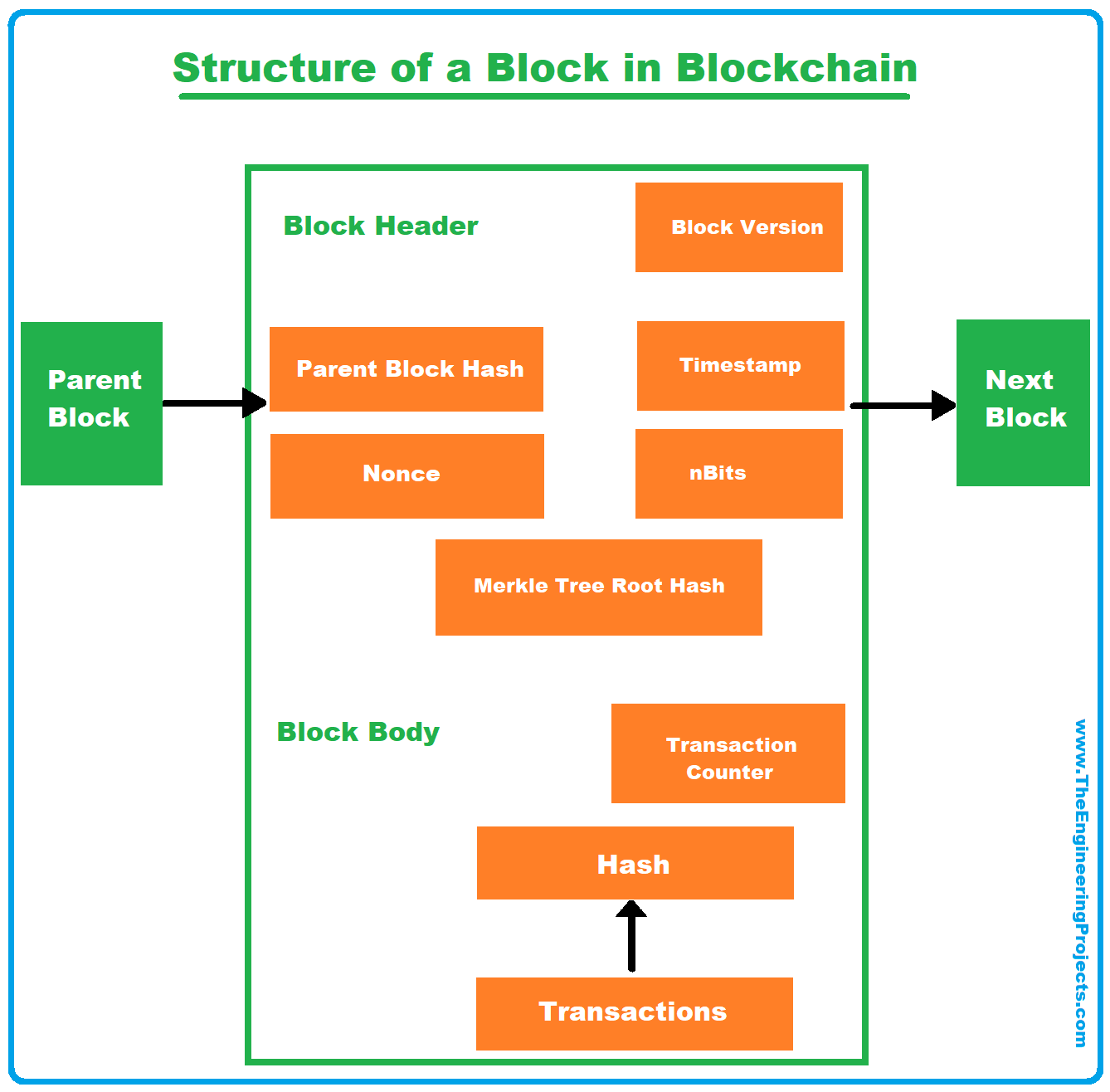Construction of block chain – Consider a virtual ledger, shared throughout a community, that information each and every transaction in a protected and clear method. That is necessarily what a blockchain is. Its construction is constructed on a basis of interconnected blocks, each and every containing a batch of transactions. Bring to mind it like a series of connected bins, each and every keeping a cargo. Crucially, as soon as a block is added to the chain, it cannot be altered or deleted, making the knowledge immutable. This inherent safety is a cornerstone of blockchain’s attraction.

Block Construction: Each and every block within the chain is not only a random choice of information. It is meticulously arranged. It holds the next key parts:
- Transaction information: The specifics of each and every transaction, like sender, recipient, and quantity.
- Timestamp: The date and time the block was once created, including a the most important part of chronological order.
- Hash: A singular virtual fingerprint of the block. Any alteration to the block will alternate its hash, straight away flagging the alternate.
- Earlier block hash: A hyperlink to the previous block within the chain, growing a continuing and traceable document.
This structured means guarantees the integrity and traceability of the knowledge. Bring to mind it like a meticulously stored accounting ebook, the place each and every access is traceable and verifiable by means of everybody.
Chain Formation: The chain itself is constructed by means of including new blocks to the prevailing chain. When a brand new batch of transactions is able to be recorded, it is grouped in combination and shaped into a brand new block. This new block is then cryptographically connected to the previous block, the usage of the hash of the former block. This linkage creates the unbreakable chain, making sure that tampering with any block is in an instant detectable. That is analogous to a extremely protected chain of custody in a high-value transaction procedure.
Decentralization and Transparency: A the most important characteristic of blockchain is its decentralized nature. As an alternative of depending on a unmarried entity for verification, transactions are validated by means of more than one computer systems at the community. This consensus mechanism guarantees transparency and gets rid of unmarried issues of failure. Consider a world community of accountants, all independently verifying the similar information, making a machine immune to fraud and manipulation. That is similar to a world collaboration on a very powerful process, just like the World Area Station mission, the place each and every step is tracked and verified. Well-known entities like IBM and Microsoft had been enthusiastic about blockchain construction and implementation, demonstrating the rising hobby within the generation.
